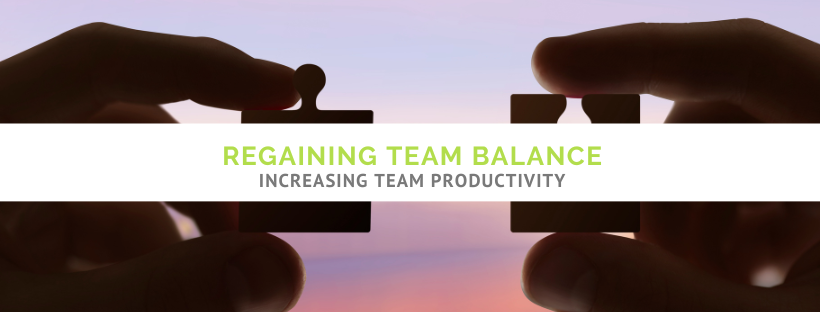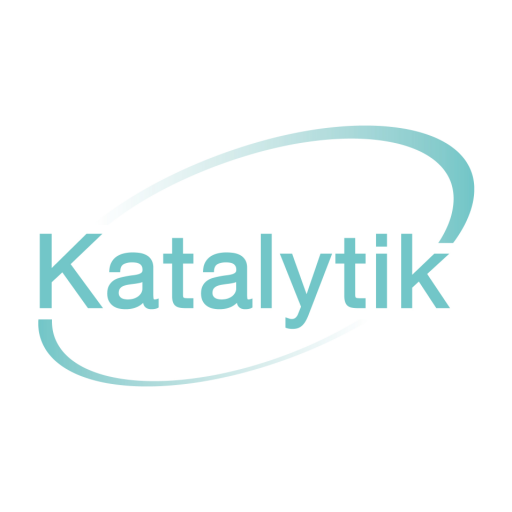
Sometimes a team can go off balance. A bit like the washing machine spin cycle when the towels start to separate out from lighter items. The spin crescendos. If you’re lucky it wobbles itself back to balance. Otherwise, your attention is called to hit pause, rummage around and restart it.
When it’s your team that goes off balance some critical thinking is needed. Pondering the reasons for the conflict between the activities of the team compared to the people dynamics offers insights, according to Sandahl and Phillips (2019) in Teams Unleashed: How to Release the Power and Human Potential of Work Teams. Questions to ask yourself are:
- Is it functional conflict?: conflict about the current timeline and general agreement about unrealistic goals and delivery? Strong disagreement about how to get the schedule back on track and polar versions of solutions/sequence.
- Is it relational/behavioural conflict?: the same scenario as above, but people blame others for the mess, recycling old issues, from previously delayed projects, name-calling, rank issues, or expertise, and arguments that can criticise others’ fundamental talents/values. Who is right? This then descends into attacks, fault assigning and poor behaviours and fiery tempers.
We are all collaborating in some way. With our colleagues within our business, our clients or customers and on multi-partner projects with peers in other organisations. Data from Gallup lay the facts bare. Organizations, teams and people all suffer when people aren’t engaged. Take a look:
- 7/10 employees are struggling or suffering rather than thriving in their overall lives
- 79% of people are not engaged or are actively disengaged at work costing the global economy US$7.8 trillion, nearly 11% of GDP, in lost productivity each year. (State of the Global Workplace Report)
- 30% of U.S. employees experience burnout on the job very often or always. (Gallup Q1 2022 Workforce Standards data)
- Only 24% of employees perceive their organization cares about their overall wellbeing. Q1 2022 Gallup Workforce Standards data)
- Gallup finds that 70 percent of the variance in employee engagement scores is due to the employee’s direct manager.
In a world of unprecedented business complexities, leaders, besides explicit knowledge, need an inner compass of self-awareness to walk the tightrope of leadership.
What can you do?
Slow down to reflect on who we are, and what we do and learning from our past experiences informs our current practice. Ask yourself:
- What are some of the frustrations you have seen in a team – in the past or currently?
- What makes a team effective?
- What are the impacts of a team with mutual respect?
- Why do we need to ensure each team member is engaged and how can we activate them on this?
And then turn the mirror on yourself. How can you gain alignment around the things that are important to you?
- Understand who you are – what you bring, what you need (to be your best)
- Be aware of others and what they need affects you and think about how you can adjust to give them space
- Build a culture that allows each person to be their best
Where do you fit?
Are you driven to spend time with people, do you have a pragmatism and drive to spend time getting to know, support or understand people?
Are you driven to connect/engage and energise others?
Are you driven to get things done – in whatever way – your focus is execution?
Does your head – and more specifically – your thinking and analysis – lead you?
And when you cross paths with others – are you frustrated, energised or empowered? Knowing who energises or frustrates you can help you identify the ways in which you can adapt your own behaviours to others and rebuild the relationship.
Think about a time when someone frustrated you. Do you frustrate them and what action or approach can you take to enable them to be their best? Ask them.
Get to know and appreciate the positive characteristics of other members.
Adopt a process of asking strong non-confrontational questions and practising deep listening.
Try starting your questions with “what..” and ask how they feel, what energises them, what they feel about something and what they might do if they did it again. And then ask, And what else.
And of course a strengths-based team workshop that builds insights and alignment can facilitate new conversations. Give us a call.
